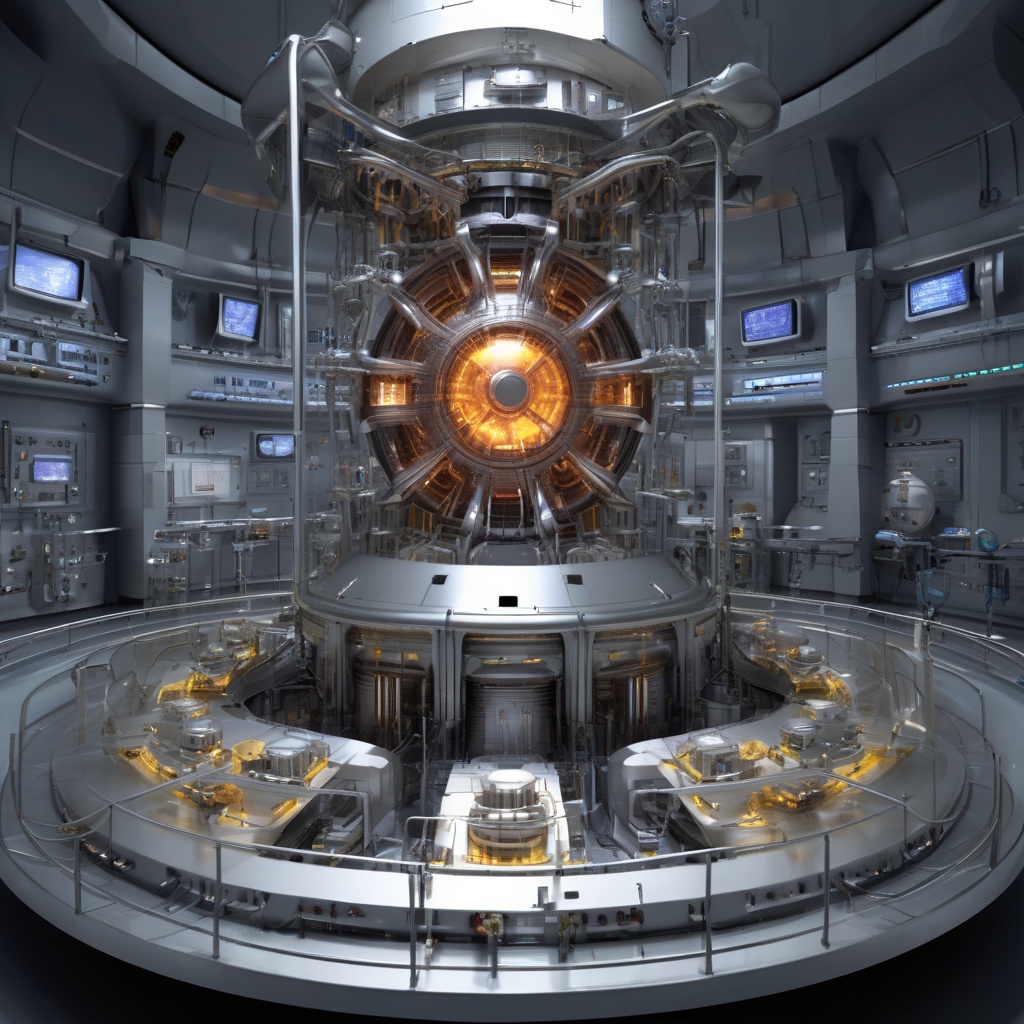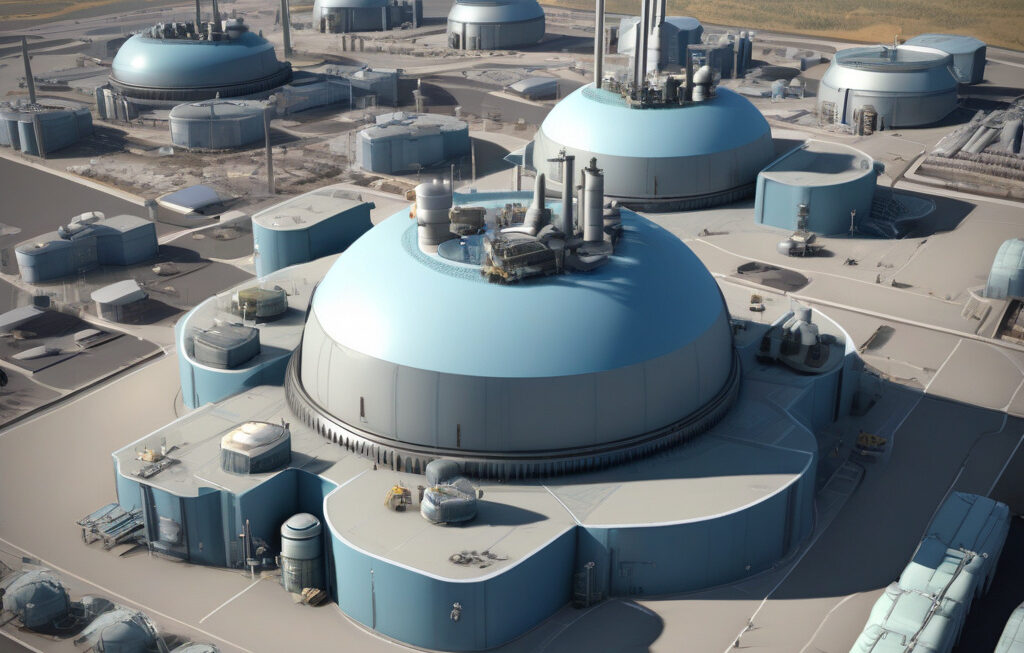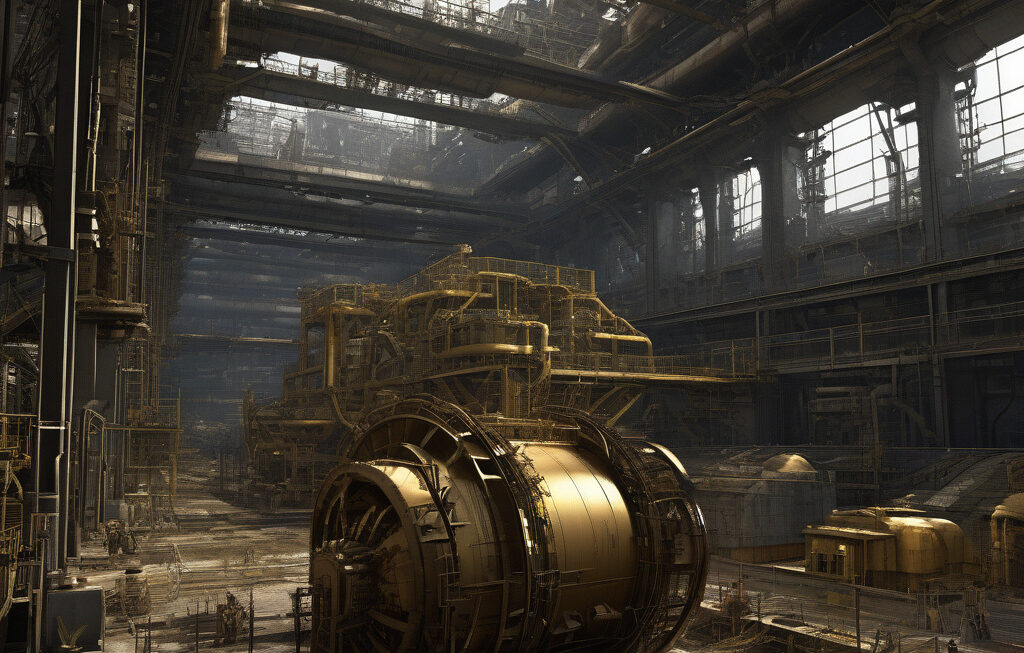“Revolutionizing Energy: US Supercomputer Simulates Most Promising Nuclear Fusion Reactor Design”
Using extensive simulations on a Department of Energy supercomputer, Knoxville-based Type One Energy Group has embarked on a groundbreaking journey towards revolutionizing the energy sector. The promise of nuclear fusion as a clean, limitless energy source has long tantalized scientists and innovators, but the challenges of replicating the power of the sun on Earth have proven formidable. However, recent advancements in simulation technology have brought us closer than ever to unlocking the potential of nuclear fusion.
At the heart of this endeavor is Type One Energy Group’s innovative reactor design, which has been heralded as one of the most promising in the field. By harnessing the power of a US supercomputer, the team has been able to run complex simulations that model the behavior of plasma in ways never before possible. This level of detail and accuracy is crucial in understanding how the reactor will perform in real-world conditions, paving the way for more efficient and reliable energy production.
One of the key advantages of Type One Energy Group’s design is its focus on scalability and cost-effectiveness. Traditional nuclear fusion reactors have been plagued by exorbitant construction and maintenance costs, making them impractical for widespread adoption. However, by leveraging advanced simulation techniques, the team has been able to optimize the reactor design for maximum efficiency and affordability. This could potentially open the door to a future where clean, sustainable energy is accessible to all, without the environmental drawbacks of traditional fossil fuels.
Moreover, the simulations run on the supercomputer have provided valuable insights into the behavior of plasma under extreme conditions. This knowledge is essential for fine-tuning the reactor design and ensuring its safety and stability during operation. By ironing out potential issues in the virtual world, Type One Energy Group can avoid costly mistakes in the physical realm, saving time and resources in the long run.
The implications of this work extend far beyond the realm of energy production. A successful nuclear fusion reactor could usher in a new era of technological advancement, with implications for space exploration, medical research, and beyond. The ability to generate vast amounts of clean energy with minimal environmental impact could reshape industries and economies around the world, creating new opportunities for growth and innovation.
As we stand on the cusp of a potential energy revolution, it is crucial to support and invest in projects like Type One Energy Group’s nuclear fusion reactor design. By leveraging the power of simulation technology and supercomputing, we have the opportunity to unlock a cleaner, brighter future for generations to come. The promise of nuclear fusion may soon become a reality, thanks to the ingenuity and dedication of visionaries in the field.
In conclusion, the simulated nuclear fusion reactor design by Type One Energy Group represents a significant step forward in the pursuit of clean, sustainable energy. By harnessing the capabilities of a US supercomputer, the team has been able to overcome technical challenges and fine-tune their design for maximum efficiency and affordability. As we look towards a future powered by fusion energy, it is clear that innovation and simulation will play a crucial role in shaping the world to come.
nuclearfusion, cleanenergy, innovation, sustainablefuture, energyrevolution












